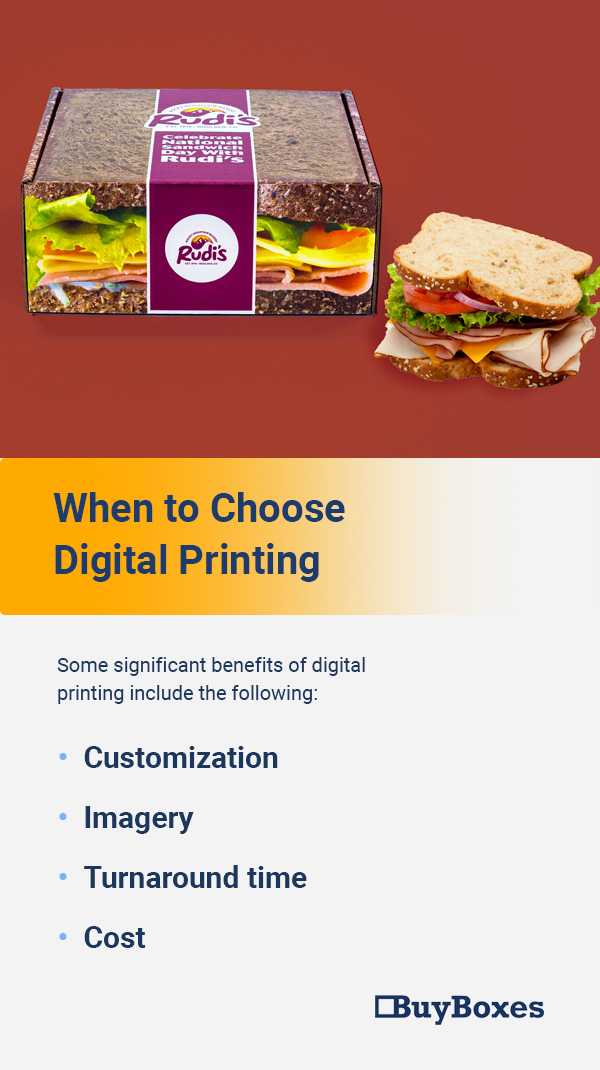The Only Guide for 24??media
The Only Guide for 24??media
Blog Article
Getting My 24??media To Work
Table of ContentsExcitement About 24??media24??media - The FactsUnknown Facts About 24??mediaThe Greatest Guide To 24??mediaNot known Incorrect Statements About 24??media
Improvements in print modern technology are changing the interactions playing area when it comes to high quality, affordability and advanced capabilities. Offset printing and digital printing are the major procedures whereby print jobs are carried out both using four-color printing approaches. Each option has its benefits, supplying different methods to fulfill the needs of varied manufacturing projects.
Generally, this has been the most constant technique for precisely maintaining shade suits, making it suitable for print runs that just need fixed printing such as pre-printed types, brochures, leaflets, service cards, and bulk postcard mailings. Due to the static nature of litho printing, it is not suitable for variable print items that will certainly be mailed to specific recipients such as statements, letters, and customized postcards.
All About 24??media
The current improvements in print innovation are helping to bring much of balanced out's advantages right into the digital printing world truly transforming the face of modern printing! There are some crucial distinctions between Offset Printing and Digital Printing (Custom Printed Packaging). This overview reveals the advantages and drawbacks of each printing method. There is an obvious and growing variety of benefits to making use of the digital print procedure.
Today's electronic print equipment is amongst the most innovative on the marketplace. Here are several of the greatest advantages of utilizing electronic printing: control the electronic print area, with full-color printing finished in one process and effortlessly published straight from a print documents. Without a prolonged set-up procedure, the calibration time of a certain task is reduced, adding to quicker print time and overall distribution.
The inkjet printing process has assisted to revolutionize the market as well as the high quality and speed of the outcome. The latest inkjet technology can publish on conventional balanced out supplies with dull, silk, and glossy finishes. High-grade digital print combined with software-managed color monitoring practices includes optimum value to publish pieces and makes production procedures a lot more dependable than balanced out.
24??media for Dummies
(https://www.openlearning.com/u/fredmack-srd0af/)
Environment-friendly and eco-friendly inks and printer toners are likewise readily available for more sustainable printing. Digital print additionally removes the requirement to clean plates or blankets with damaging chemicals at the end of the printing procedure.
Variable information aids companies reach their specific consumers and target market with uniquely-created and customized material. As modern technology improves, the quality of electronic printing has actually ended up being second-to-none, with higher information, color suit capacities and overall accuracy. Without the demand to clean plates or make use of excess ink, electronic printing is additionally less wasteful and generally more eco-friendly.
Traditional printing approaches, such as countered lithography ("countered") and flexography ("flexo"), entail several make-ready actions to transfer an initial image to a substratum. These techniques require read the production of a collection of plates installed on a cyndrical tube to move ink that forms the desired photo when integrated on paperboard and various other product packaging materials. Custom Boxes.
24??media for Beginners
Digital printing, with fewer moving items, is much more nimble than offset in this regard.
Lowered set-up time saves cash on the front end. And given that these are not huge bulk orders, smaller services can afford to print without having to satisfy the higher and a lot more costly print thresholds of typical printing.
Make sure you collaborate with a printing and product packaging partner that has the ideal qualifications. While eleventh-hour printing and personalization are a significant benefit, electronic may not constantly be the finest method for you. As an example, offset printing has the advantage of cost-effectiveness with big print runs, specifically those with innovative decorative results and specialty finishings.

The 10-Second Trick For 24??media
The positive plate, with its smooth surface area, brings in oil-based inks and wards off water. In contrast, the negative plate, with its harsh texture, soaks up water and fends off oil. Rubber rollers are then made use of to transfer the picture from the plate to the corrugated surface area.
Corrugated paper can sometimes prove to be a challenging surface to publish on, however Litho prints to a different surface and is then laminated to it, making it very easy to publish high-quality images. It can be incredibly regular, even for futures. Actually, the much more you publish, the less costly the prices become for Litho.
What Litho doesn't provide you is specifically what Digital does, modification. Expensive set up Longer turnaround No Variable Data Printing Smaller color gamut, colors can be much less intense Digital printing is the process of printing electronic pictures directly onto the corrugated substrate utilizing a single-pass, direct-to-corrugate method.
Report this page